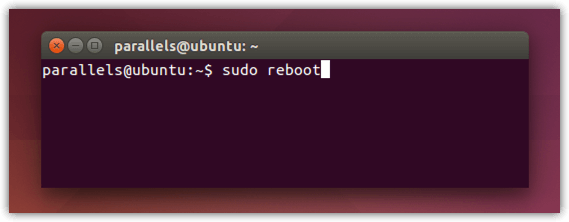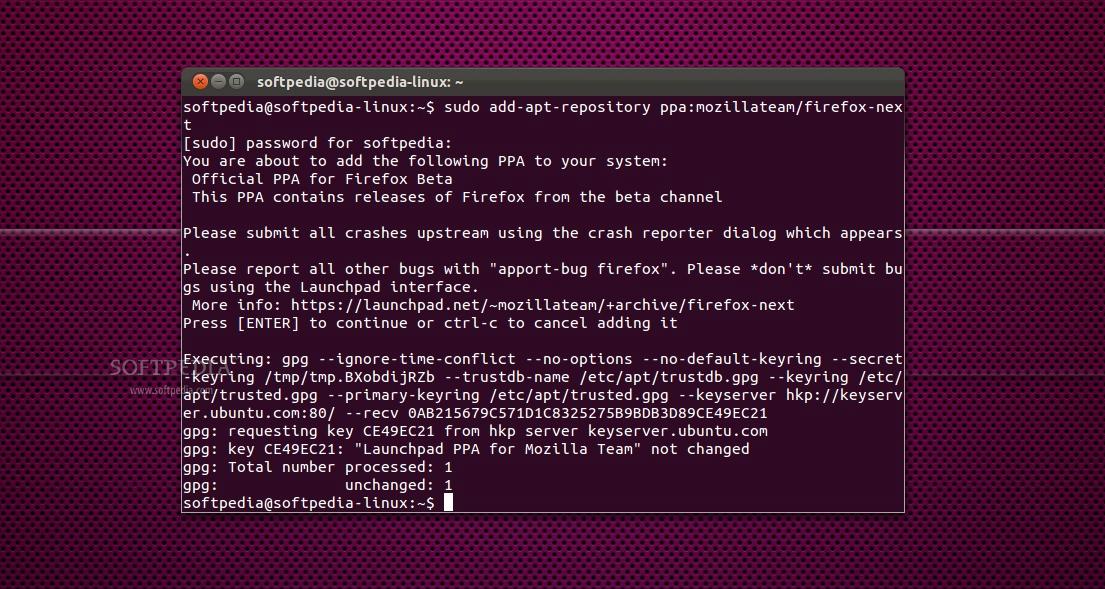

- #Ubuntu sudo how to#
- #Ubuntu sudo driver#
- #Ubuntu sudo windows 10#
- #Ubuntu sudo software#
- #Ubuntu sudo password#
The users’ and groups’ sudo privileges are defined in the /etc/sudoers file. If you get an error saying “user is not in the sudoers file”, it means that the user doesn’t have sudo privileges. If the user has sudo access, the command will print “root”: root You will be prompted to enter the password. To ensure that the user has sudo privileges, run the whoami command: sudo whoami Granting sudo access using this method is sufficient for most use cases. Make sure you change “username” with the name of the user that you want to grant permissions to. Run the command below as root or another sudo user. If you want to create a new user, check this We’re assuming that the user already exists.
#Ubuntu sudo password#
Members of this group can execute any command as root via sudo and prompted to authenticate themselves with their password when using sudo.

On Ubuntu, the easiest way to grant sudo privileges to a user is by adding the user to the “sudo” group. By default, on Debian based distributions like Ubuntu and Linux Mint, members of the “sudo” group are granted with sudo access. The second option is to add the user to the sudo group specified in the sudoers file. This file contains information that controls which users and groups are granted with sudo privileges, as well as the level of the privileges. The first one is to add the user to the sudoers file In this article we’ll show you two ways to grant sudo privileges to a user.
#Ubuntu sudo how to#
How to install the NVIDIA drivers on Ubuntu 18.Sudo is a command-line program that allows trusted users to execute commands as root or another user.How to Install Adobe Acrobat Reader on Ubuntu 20.04 Focal Fossa Linux.Set Kali root password and enable root login.How to change from default to alternative Python version on Debian Linux.Netplan static IP on Ubuntu configuration.How to enable/disable firewall on Ubuntu 18.04 Bionic Beaver Linux.How to install Tweak Tool on Ubuntu 20.04 LTS Focal Fossa Linux.Linux IP forwarding – How to Disable/Enable.How to use bash array in a shell script.
#Ubuntu sudo driver#
#Ubuntu sudo windows 10#

Most seasoned users know that typing the sudo password all the time can get tiring, but that is how you keep your system completley secure. In this tutorial, you saw how to disable the sudo password on Ubuntu 22.04 Jammy Jellyfish Linux.

Next, if you wish the linuxconfig user to execute all commands using sudo with no password change the configuration line from Step 1 to:.Linuxconfig ALL=(ALL) NOPASSWD:/usr/bin/systemctl /usr/sbin/rebootĪt this point executing the systemctl and reboot commands will not require sudo password. linuxconfig to execute the systemctl and reboot commands without sudo password add the following line into the /etc/sudoers configuration file: To do so you need to edit the /etc/sudoers sudo configuration command using the sudo visudo editor. First you might want to consider to disable sudo password only for a selected administrative command(s).$ – requires given linux commands to be executed as a regular non-privileged userĬonfigure sudo without password on Ubuntu 22.04 step by step instructions # – requires given linux commands to be executed with root privileges either directly as a root user or by use of sudo command Privileged access to your Linux system as root or via the sudo command.
#Ubuntu sudo software#
Requirements, Conventions or Software Version Used


 0 kommentar(er)
0 kommentar(er)
